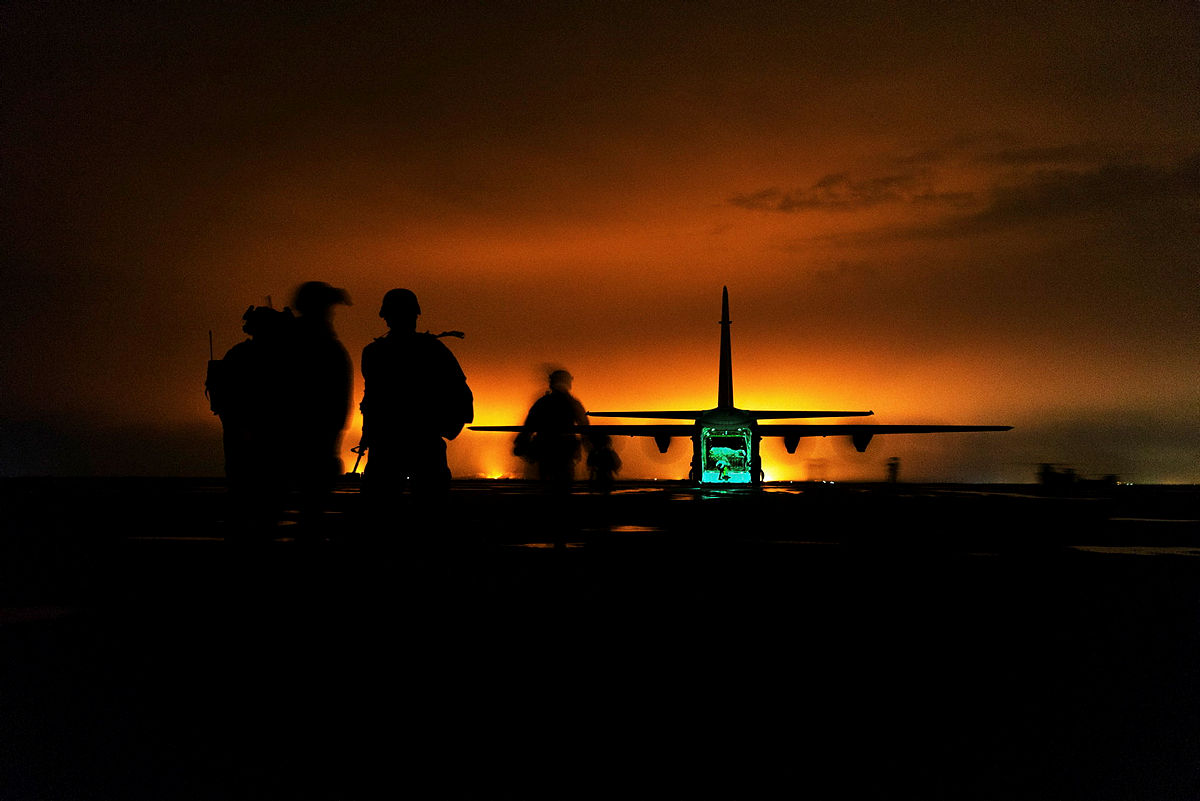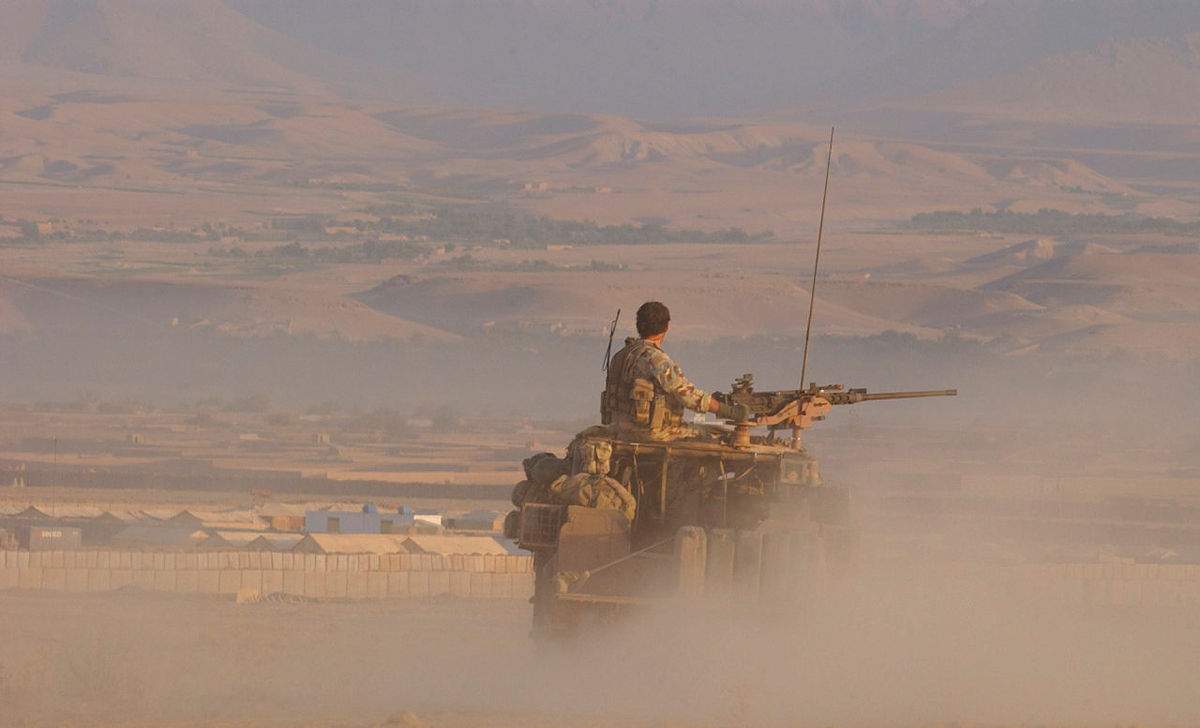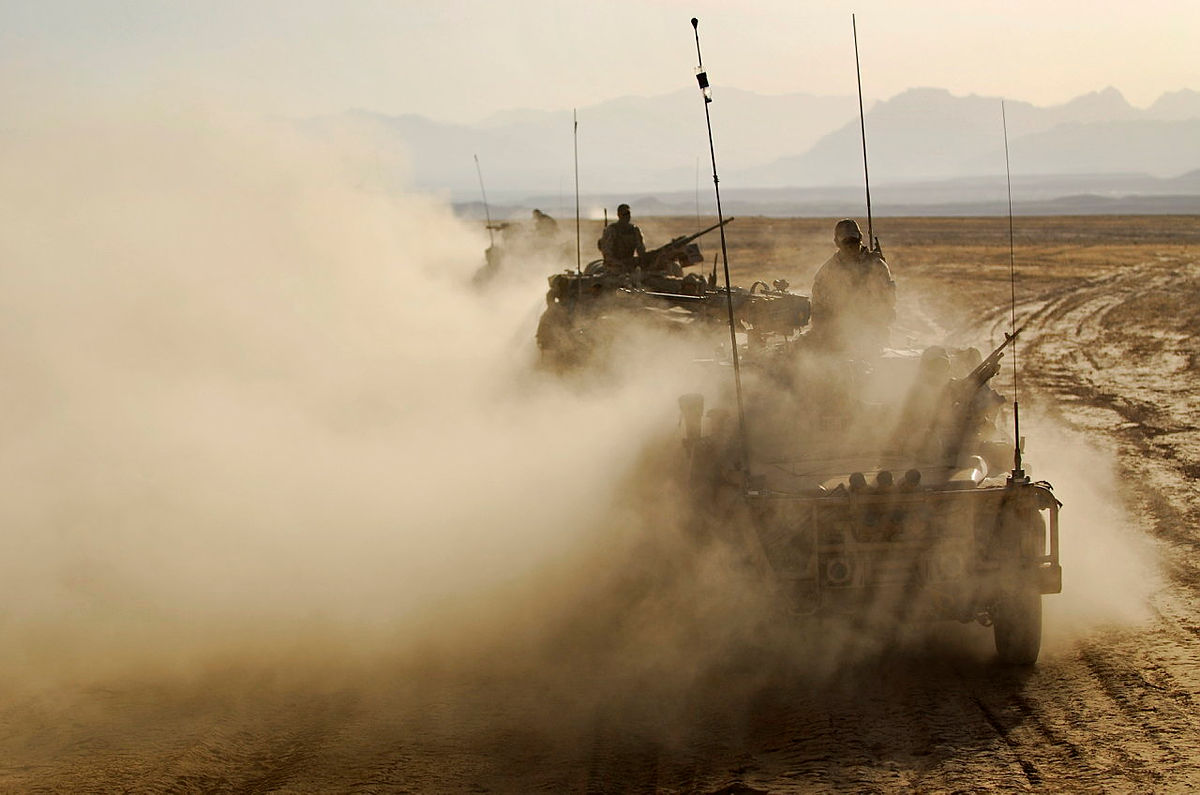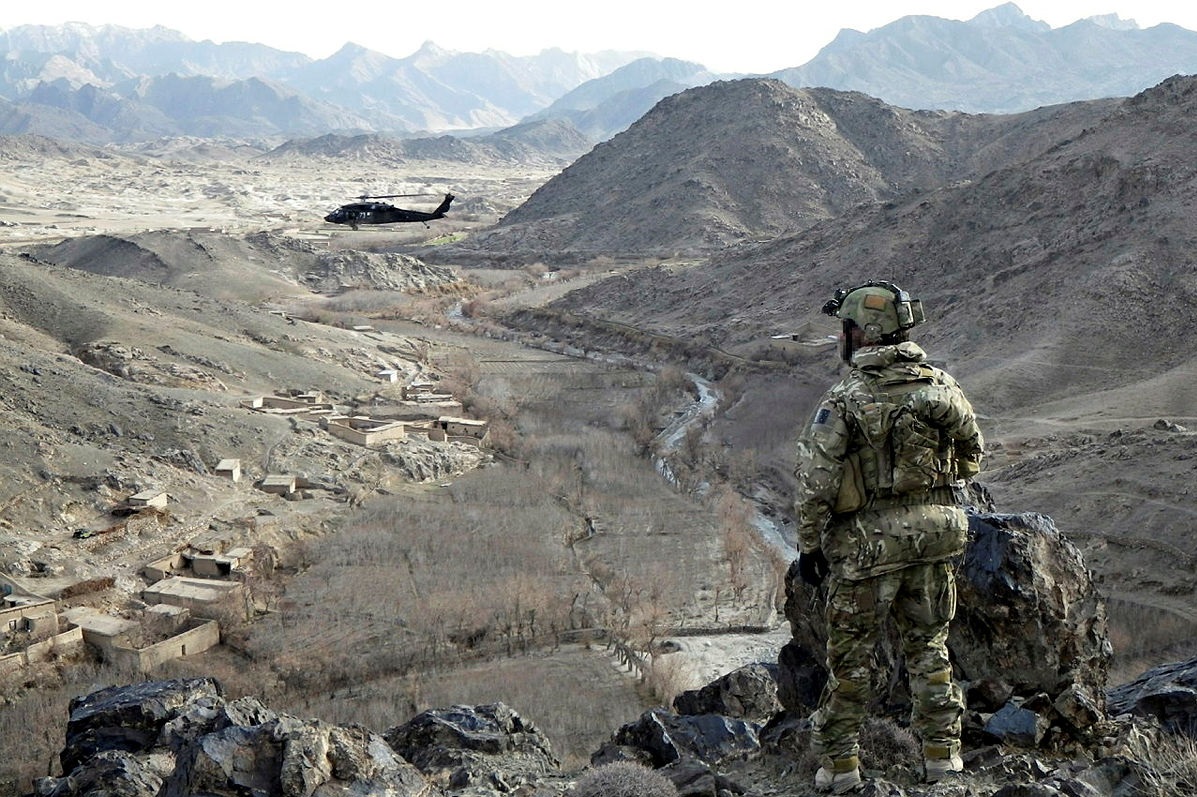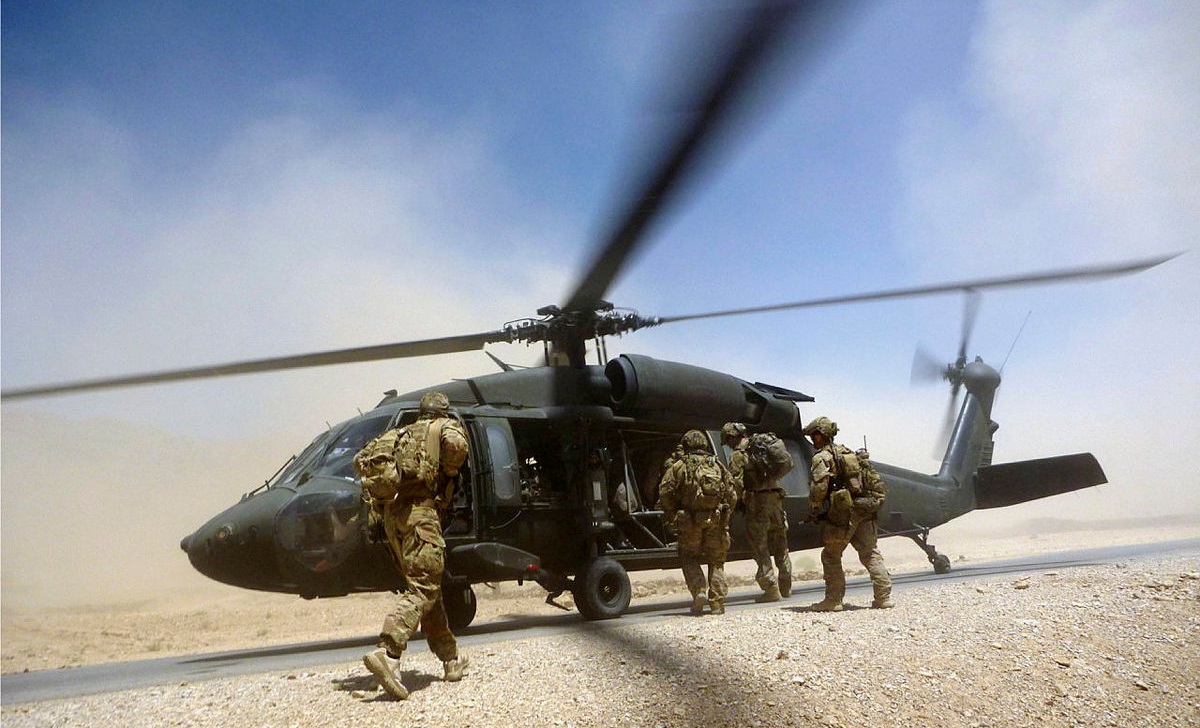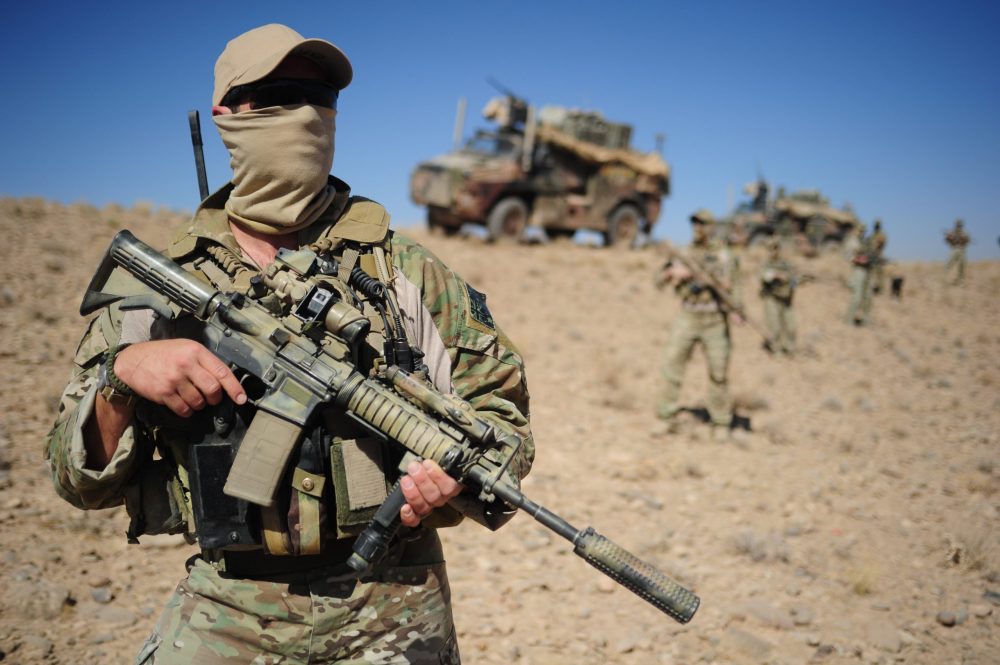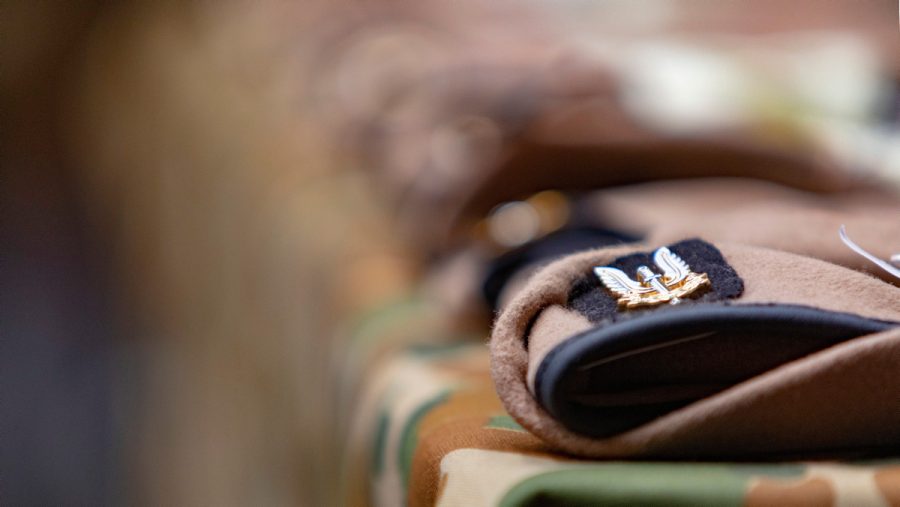The Afghan saga of bravery, allegations and betrayal

The collective failure to properly address allegations of unlawful killings arising from the Afghanistan war has delivered a great injustice upon our soldiers. Accusations of this kind have been levelled in every conflict we have fought since the Boer war in 1899–1902. How we should respond to those accusations is now in focus. The reckless handling of the Afghan allegations set a bad precedent that must be challenged until a new process is institutionalised.
As a nation, we need a better and more just protocol for dealing with war crimes allegations, now and into the future.
Major General Paul Brereton was tasked to inquire and his three-part final report to the Inspector-General of the Australian Defence Force (IGADF) was delivered on 6 November 2020. It found ‘credible evidence’ of 39 alleged unlawful killings involving 25 special forces soldiers between 2009 and 2013. Evidence to the inquiry revealed strikingly different versions of events on the battlefield from soldiers in action, varying opinions on ethics and tactics, and exposed personality clashes and individual enmities amongst the troops. These dynamics are found frequently among any group of soldiers facing the pressures and exigencies of war throughout history. Allegations of unlawful conduct must therefore be carefully tested through a due process, to arrive at the truth before hasty conclusions are drawn and punishments dealt out.
Brereton’s was an inquiry with coercive powers. It was not, as he acknowledged in his report, a court of law. It was not a due process. And it had no authority to make findings of guilt or to convict. When a government harms a person without following the exact course of the law, this constitutes a due process violation, which offends the rule of law. The Brereton Inquiry certainly harmed many people.
This harm was insensitive in the ways spelt out by the Australian Special Air Service Association (ASASA) in our submission to Hon Duncan Kerr SC, who conducted the 20-year Review of the IGADF. This just-released review warns that the ADF’s Chief of the Defence Force (CDF), the Department of Defence and the supposedly independent office of the IGADF are perceived as too closely connected.
It has been four years since the report was delivered. Since then, only one soldier has been charged with an offence and there have been no convictions. It is possible that more soldiers may be charged; many would welcome this step to clear their names. While there may be convictions, it is also conceivable that when a defence of each allegation is heard by a jury, there is not a single conviction. There may also be no further charges. On what basis then would anyone presume guilt until the justice system has run its course?
It is a question which could be put to former CDF Angus Campbell and the then-Minister for Defence in 2020, Linda Reynolds, who, instead of referring the Brereton Report immediately to police prosecutors and without apparent resistance from the IGADF, chose to make it public with redacted versions handed out to a baying commentariat. Campbell’s public handling of the matter thereafter signalled a presumption of guilt on the part of all the soldiers accused. Campbell made an apology to the nation and to Afghans now in the hands of our former enemies, offering them money.
Brereton’s Report and his recommendations were putatively presented to Australians as a court finding of guilt.
While corporals, sergeants, junior officers and entire units were blamed and shamed, ministers, governments and the generals who advised them during the failed war in Afghanistan were exonerated. Those at the top took no responsibility and Brereton provided cover for them by asserting that ‘command responsibility’ did not extend to generals or ministers. Australian soldiers, their families and their Regiments were humiliated as the media feasted on the details contained in transcripts of the Inquiry.
Current Defence Minister Richard Marles has gone further, removing honours and awards for distinguished service to junior or mid-ranking officers awarded while fighting with their men in action. One of these young commanders led his soldiers on an 81-day rolling battle involving 139 contacts with the enemy requiring 14 company-level attacks with casualties on all sides. Although accused of no personal wrongdoing, each of these brave officers’ actions on the battlefield are to be pushed to one side as they are stripped of their Distinguished Service Crosses and publicly condemned, because in Marles’ view each leader should have known about the unproven illegal actions which allegedly occurred in a remote village somewhere else in the deserts of Afghanistan on their watch.
If a court later determines that no unlawful acts under their command took place it will be too late; the removal of medals from each individual will have been imposed with no apparent plan to remedy the injustice. As far as the ASASA can establish, this is the first time in Australian history—and in the tradition of ANZAC—that a government has sought to punish and publicly humiliate Australian commanders by removing awards after the war is over.
In judging these leaders as well as the soldiers who fought by their side, Marles positions himself ahead of a due process. In April 2021, then-defence minister Peter Dutton rejected Campbell’s advice about removing awards, for the right reasons. Not this time. By providing bipartisan support, the current opposition defence spokesperson, Andrew Hastie, has aligned himself with the Labor government joining Marles in judgment and condemnation of these officers and their men. Both politicians, along with their leaders and political parties, strive to signal their virtue at the expense of justice.
The truth both politicians fail to understand is that only a jury of their fellow Australians in a properly constituted court has the right to pass judgment.
Watching this example of failed senior leadership are the young men and women of today’s ADF, fresh from reading the final report of the Royal Commission into Defence and Veterans Suicide, which revealed veteran suicide was at tragic levels due to poor treatment by government—particularly by the military justice system. ADF recruiting and retention are at historic lows. Why on earth would soldiers reenlist? Then there are the everyday Australian families looking on and questioning why their children should ever consider a career in the ADF. Why would they join? The institution of Defence could not have been more damaged by its own mishandling of these war crimes allegations.
Also listening are the parents who buried their sons killed in the Afghanistan war, as are the hundreds of families who are caring at home for those veterans still living with their physical, mental and moral wounds. Vietnam veterans who were treated miserably by their government on their return from that unpopular conflict see history repeating itself. The panicked exit from Kabul looked so much like the evacuation from Saigon. The Afghanistan campaign was another war in which Australian soldiers were sent by their governments to fight irregular wars beside corrupt and untrustworthy local allies.
In the view of many of the 26,000 veterans impacted by this farrago who served stoically in our name, successive governments have handled these war crime allegations unjustly and without due process. That has created a cloud of doubt which hangs over all who served in Afghanistan. Denied the presumption of innocence by their own leaders, veterans have been judged guilty not by the courts, but by politicians from both sides of politics and by their CDF, who sit in judgement based on allegations alone.
A better and more just protocol for dealing with war crime allegations is necessary.
Words are cheap and they will be plentiful as politicians from the backbenches who condoned this arrive to lay wreathes at Remembrance Day and ANZAC Day commemorations between now and the next federal election.
If there are convictions arising from these events, the individuals involved will pay the price of justice. If not, our remaining Afghanistan veterans will have been unjustly thrown under the bus, treated and punished as guilty by association with comrades who committed no unlawful acts. In a frantic effort to exonerate themselves while they scramble for the sanctity of the high moral ground in the shadow of a strategic failure, politicians on both sides and some very senior generals have delivered a great injustice to the soldiers who served in our name, and to their families.
Now our Afghanistan veterans truly are alone. In 1987, fifteen years after Australia’s war in Vietnam ended, we felt the need to conduct the Welcome Home parades across the nation for our mistreated veterans of that failed conflict. We appear to have learnt nothing. Don’t be surprised if in fifteen years’ time we must, once again, welcome them home.
This article has slightly edited since publication.

